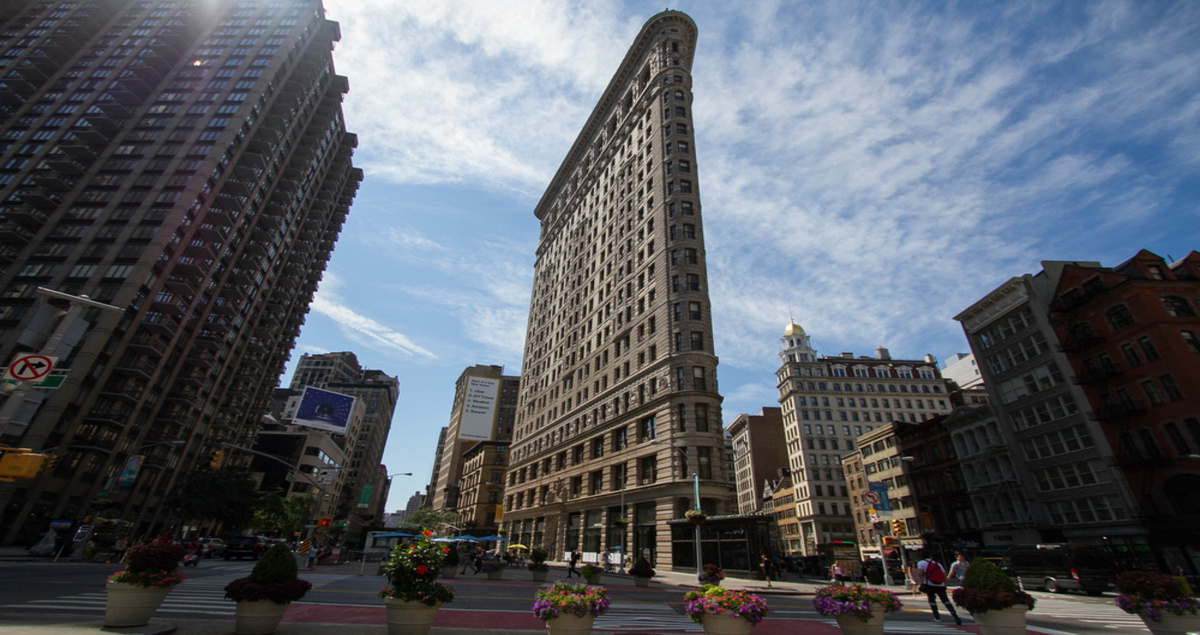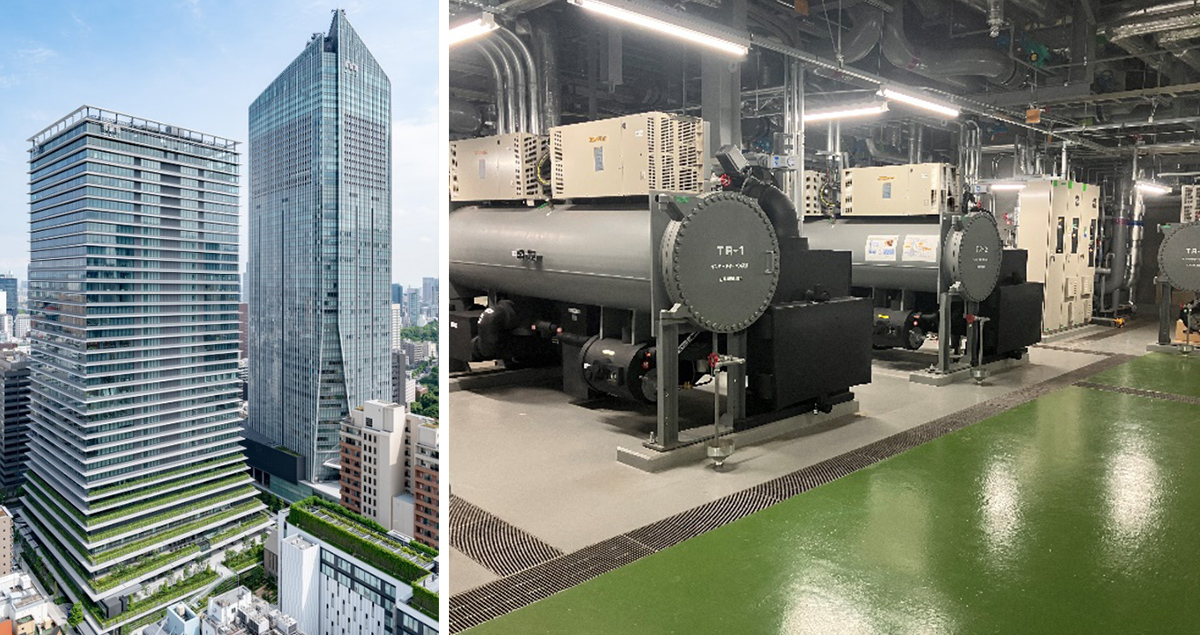The evolution of smart building systems

What made a building “smart” 100 years ago? Electric elevators? Central heating? The use of reinforced concrete?
In the early 20th century, these innovations were indeed groundbreaking, representing the pinnacle of construction technology. Fast forward to now, and the definition of a smart building has undergone a remarkable transformation.
Here’s how smart buildings have evolved, and why today’s innovative solutions are essential to accelerating progress toward net zero emissions.

The evolution of smart buildings
Electrification during the late 19th and early 20th century paved the way for innovations like electric lighting and elevators. Then came central heating and mechanical ventilation, making buildings more comfortable and functional for occupants.
Building management systems and computerization followed during the late 20th century, which allowed for more centralized control of facilities and more data to inform efficiency. Lighting, security systems and heating, ventilation and air conditioning (HVAC) could all be managed and monitored with technology.
One of the most iconic buildings in the world, designed in the 1950s, recently received a 6 Star Green Star performance rating by the Green Building Council of Australia. When designing the Sydney Opera House, architect Jorn Utzon had the foresight to include a large-scale heating and air-conditioning system incorporating 35 kilometers of pipes at its base, allowing seawater to circulate throughout. The Green Building Council of Australia also recognized, among other things, the retrofitting of the building with new technology to monitor energy, water and indoor environment quality.

Today’s buildings combine intelligent lighting and HVAC with sophisticated data analytics and artificial intelligence (AI). This means smart sensors can detect empty rooms and turn off heating and lighting, while smart energy management systems check real-time demand and weather conditions outside to create optimal ambient temperatures. In order to establish a reliable smart building system, Mitsubishi Heavy Industries Thermal Systems (MTH) has developed a remote monitoring system called M-Connect that uses IoT technology to connect centrifugal chillers to a cloud server, as well as M-Access to connect to the air conditioning system.
The building emissions problem
However, these modern buildings must continue to pursue comfort and functionality while being designed, built and operated sustainably.
Buildings are one of the biggest contributors to global CO₂ emissions, accounting for 30% of global final energy consumption, according to the International Energy Agency (IEA).
But there are no national policies to date that require a building to produce net zero emissions, either now or in the future. And there is no global definition of a net zero building, either, making progress difficult to measure.
The good news is that work is already underway to create more stringent minimum performance standards and building energy codes across the world. And the uptake of efficient and clean building technologies continues to accelerate, as does the amount of capital investment in clean-energy startups.

In Tokyo, a group of companies, including Mitsubishi Heavy Industries (MHI) Group, are collaborating to find mutually beneficial pathways to evolving building systems. The School of Engineering of the University of Tokyo and nine private companies have launched the Smart Building System Research Initiative, which aims to enhance and deepen engineering capabilities in the field of smart building services by collaborating on research.
Reducing energy consumption, increasing renewables
“Reducing energy consumption and switching to renewable energy are two sides of the same coin to achieve net-zero operational buildings at scale,” according to World Business Council for Sustainable Development director, Roland Hunziker.
To that end, many smart buildings already utilize Building Automation Systems that monitor and manage different building systems, including HVAC.
Focusing on increasing the efficiency of HVAC technology represents a significant opportunity to cut emissions, given that it currently accounts for around half of all the electricity used in Japan’s office buildings, according to Ministry of Economy, Trade and Industry data.
For example, a sizable reduction in energy intensity at the Toranomon Hills Business Tower in Tokyo led to the Agency of Natural Resource and Energy Commissioner’s Award, the top award in Japan’s 2023 Demand Side Management Awards by HPTCJ.
The Toranomon Energy Network was able to substantially reduce its electricity through the integration of MTH’s centrifugal chillers. They forecasted heat loads by using an AI-enabled energy management system and optimized operations by adjusting the chilled water temperature and heat source and worked with tenants to make savings, leading to up to a 75% reduction in energy use during periods of demand restriction.

A holistic approach
To unlock a brighter, smarter future for buildings, more robust policies will be needed to help shape and drive greener buildings. The Inflation Reduction Act in the US, for example, has helped by offering financial incentives for building improvements.
Collaborative initiatives that pool expertise and resources will also help accelerate emissions reductions for buildings.
Creating smarter buildings to help reach ambitious net zero targets requires a holistic approach that considers all aspects of design, construction and operation. And technological innovations available today are already driving up building efficiency while pushing emissions down.
![]()
Discover more about how MTH’s centrifugal chillers enhance efficiency





